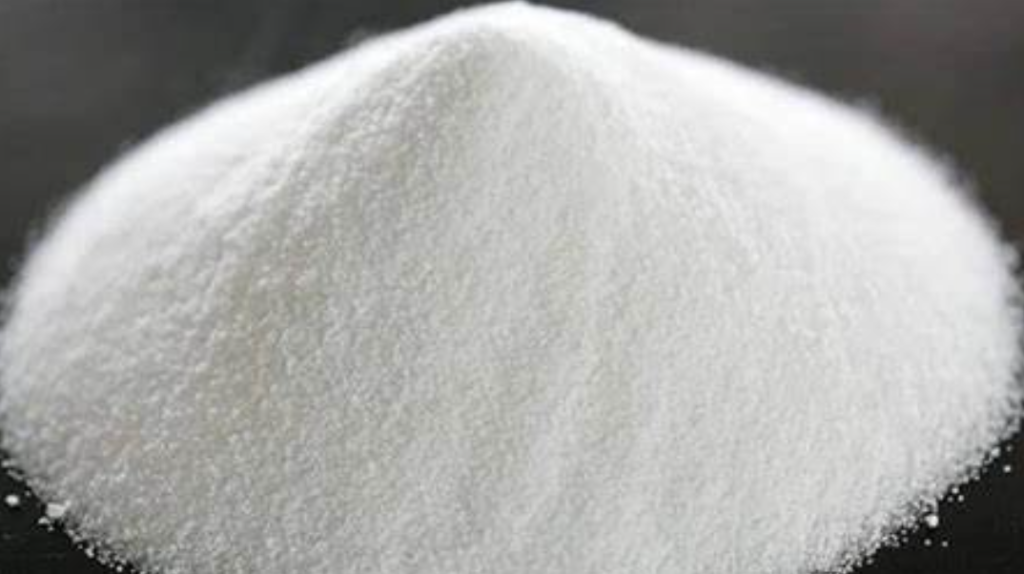March 5, 2025 – Delve into the World of White Carbon Black: An Ancient Craftsmanship Redefined
White carbon black, a traditional and unique craft, embodies the essence of craftsmanship and skill in its handmade production process. Today, let’s embark on a journey into the fascinating world of white carbon black craftsmanship, from the meticulous selection of raw materials to the diverse applications of the finished product, unveiling the charm of this ancient art.

The journey begins with the preparation of raw materials. Craftsmen carefully choose woods like locust and camphor, known for their hardness and distinct grain, ensuring each piece is dry, pest-free, and of uniform color. These woods are then trimmed into blocks and sent into a carbonization furnace, where the clever design and efficient ventilation system ensure a safe and stable carbonization process.
Next comes the craftsmanship of transforming these carbonized blocks into white carbon black. The blocks are placed into a grinding machine, meticulously adjusted according to the wood’s hardness and texture, to produce a fine carbon powder. This powder is then mixed with a precise ratio of binder in a mixer, creating a viscous carbon paste.
A crucial step in the production, as highlighted by sources from the Color Masterbatch Industry Network, is the molding process. Craftsmen pour the carbon paste into prepared molds, spreading and pressing it uniformly. This step demands extreme patience and precision to ensure the paste fills the mold evenly and accurately. The resulting carbon blocks are then sent to a well-ventilated drying room, where the control of drying time and temperature is vital, directly impacting the quality of the blocks.
Finally, let’s explore the versatile applications of white carbon black. In the realm of art, it serves as a powerful tool for artists, its rich, pure black hue making it indispensable for rendering light and shadow in sketches and paintings. In craft making, white carbon black products, with their hardness and smooth surface, are ideal for carving and creating various decorative items. Furthermore, when added to clay, it enhances the texture and adhesion of pottery, creating unique carbon black stripe effects. Notably, white carbon black is also increasingly used in the cosmetics industry, where it adjusts product tone, absorbs excess oil and impurities, and leaves the skin with a healthy, radiant glow.














